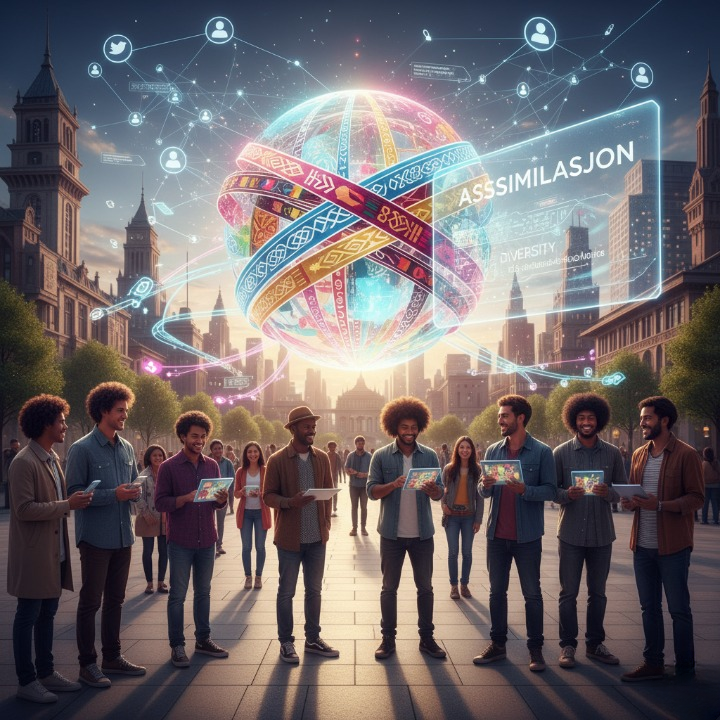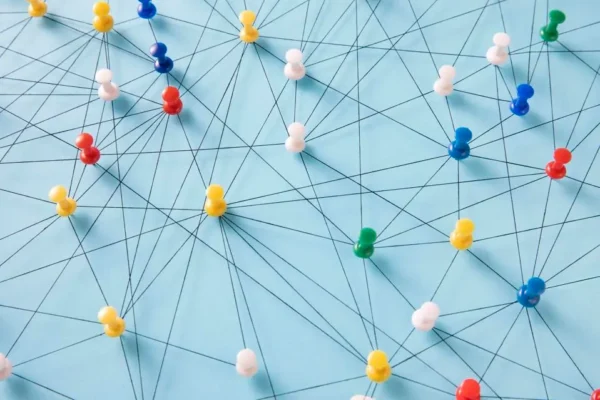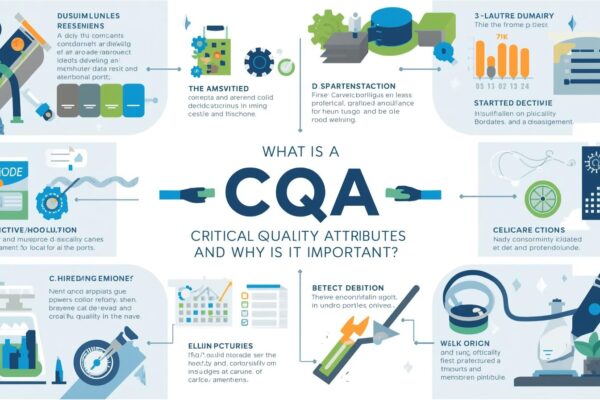In an era defined by migration, globalization, and interconnectedness, the concept of assimilation—or “assimilasjon”—takes on new meaning. Once viewed as a process of adopting the dominant culture while leaving behind one’s roots, assimilation today is being reinterpreted as a dynamic journey of mutual adaptation. It is no longer just about blending in, but about redefining belonging in diverse global societies.
The Traditional View of Assimilation
Historically, assimilation was framed as a one-way process: individuals or groups were expected to abandon their cultural identities to integrate into a larger social system. While this approach fostered uniformity, it often came at the cost of cultural erasure and personal identity. For many, assimilation meant losing the languages, traditions, and values that defined their heritage.
A Shift Toward Inclusive Belonging
Modern societies, however, are challenging this rigid understanding. Today, assimilasjon is increasingly seen as a reciprocal exchange, where both newcomers and host communities contribute to shaping shared values. Rather than demanding conformity, global societies are learning to embrace pluralism, where belonging is not defined by uniformity but by acceptance, respect, and inclusion.
In this new vision, assimilation is less about losing one’s identity and more about enriching the social fabric with diverse perspectives.
Technology and Globalization as Catalysts
The digital age has accelerated this transformation. Technology connects people across borders, making it easier to retain cultural roots while adapting to new environments. Online communities, social media platforms, and digital learning tools empower individuals to celebrate their heritage while engaging with different cultures.
Globalization also plays a vital role. As societies become more diverse through migration and economic interdependence, the idea of a single dominant culture gives way to multicultural coexistence. Assimilasjon, in this sense, becomes a two-way dialogue rather than a one-way demand.
The Human Side of Assimilasjon
At its core, assimilation is about belonging. Humans thrive when they feel connected, accepted, and valued. Redefining assimilation means creating societies where differences are not barriers but bridges. This requires policies that promote inclusivity, education systems that celebrate diversity, and communities that encourage dialogue.
For individuals, the journey of assimilation often involves balancing heritage and adaptation—honoring cultural traditions while embracing new opportunities. This balance creates identities that are not diluted but enriched by diversity.
Building Global Societies of Tomorrow
As the world grows more interconnected, assimilation must continue to evolve. The future of assimilasjon lies in building global societies where belonging is inclusive, where cultural differences are respected, and where every voice contributes to the collective story. In this vision, assimilation is no longer about erasure—it is about integration, contribution, and shared humanity.
Conclusion
Assimilasjon: Redefining Belonging in Global Societies invites us to rethink how cultures interact and communities grow. By moving beyond outdated models of conformity, modern assimilation emphasizes dialogue, inclusivity, and respect. In doing so, it creates a world where belonging is not about abandoning one’s roots but about planting them in new soil—enriching societies with diversity and forging stronger bonds of unity.






